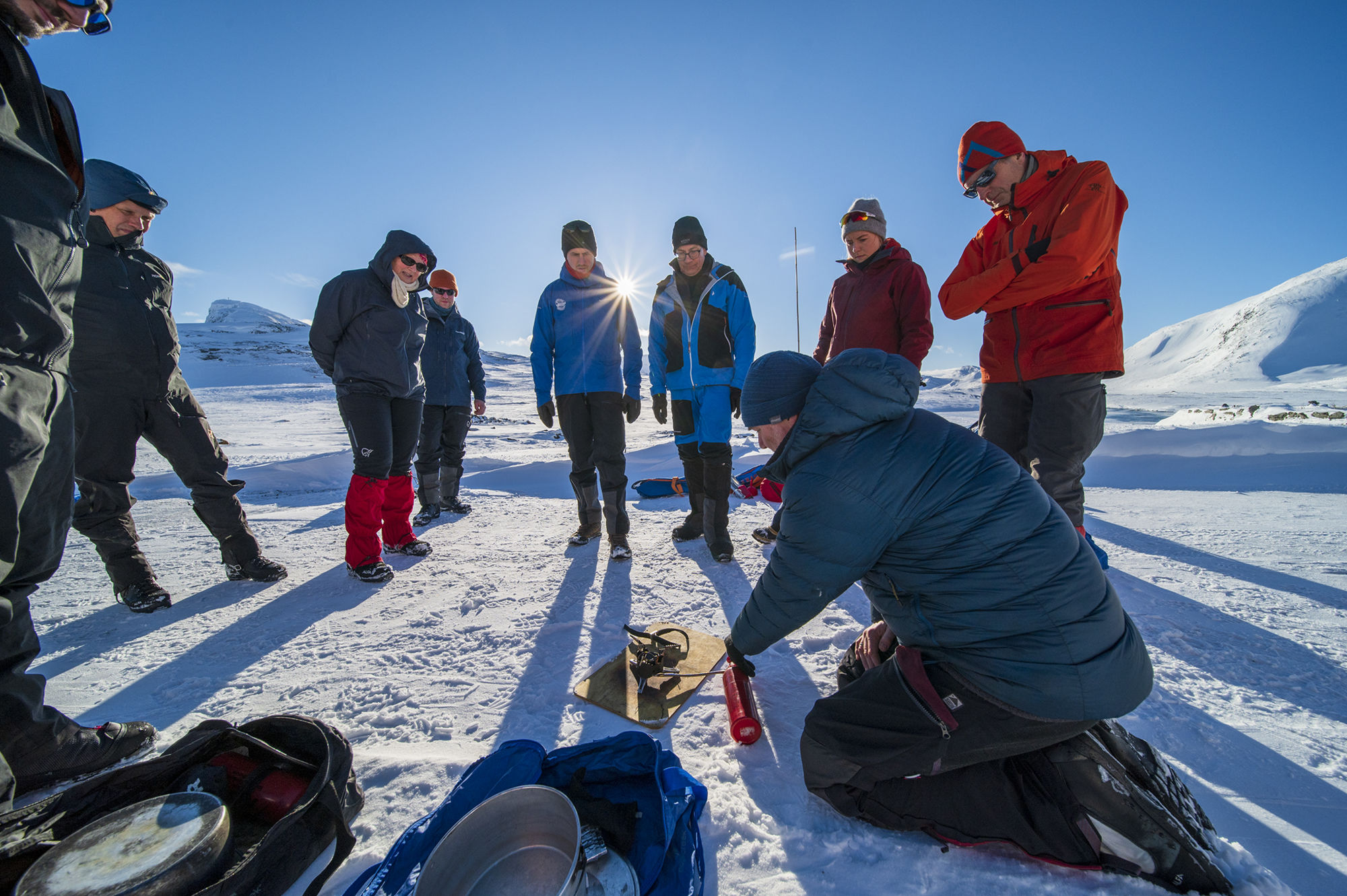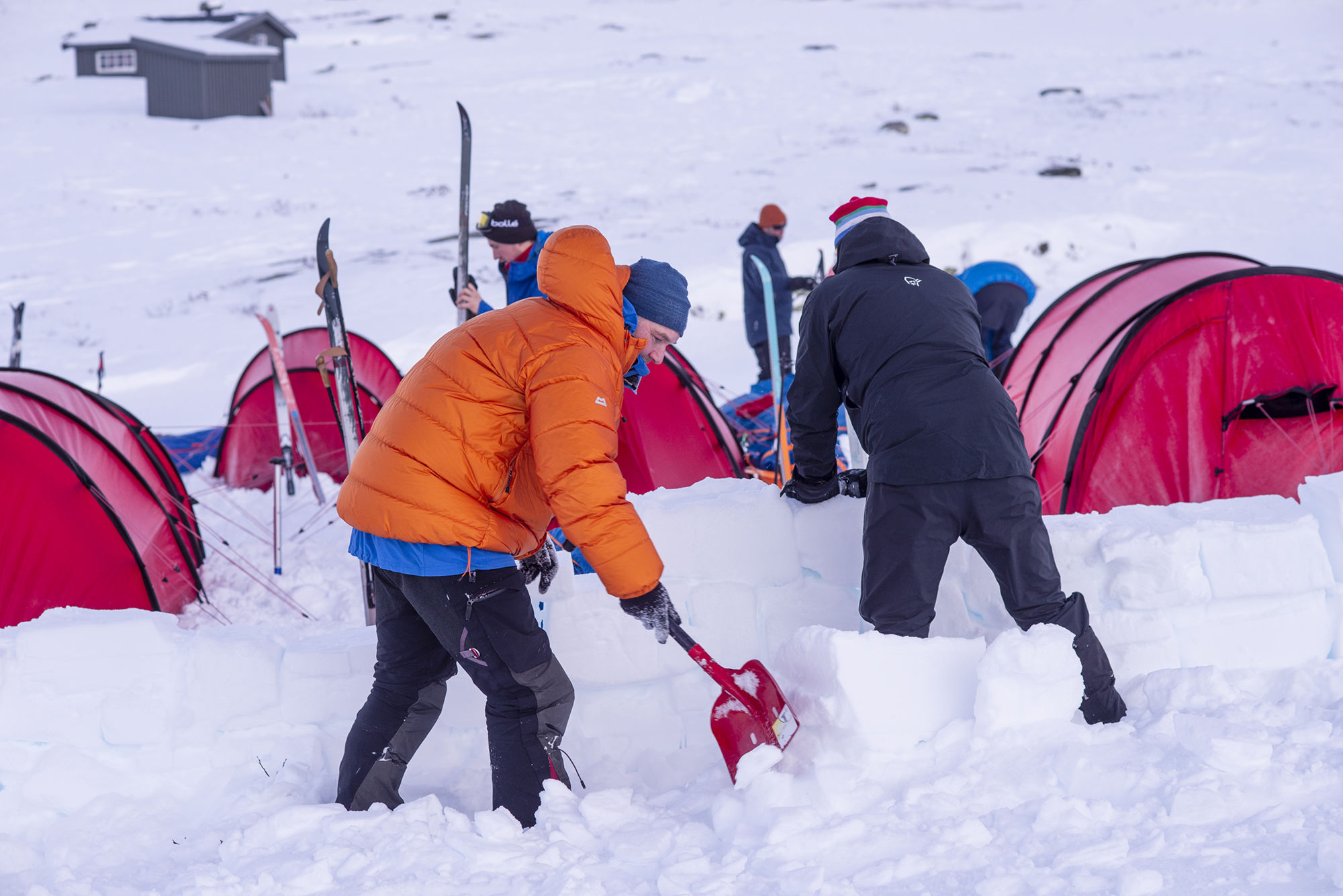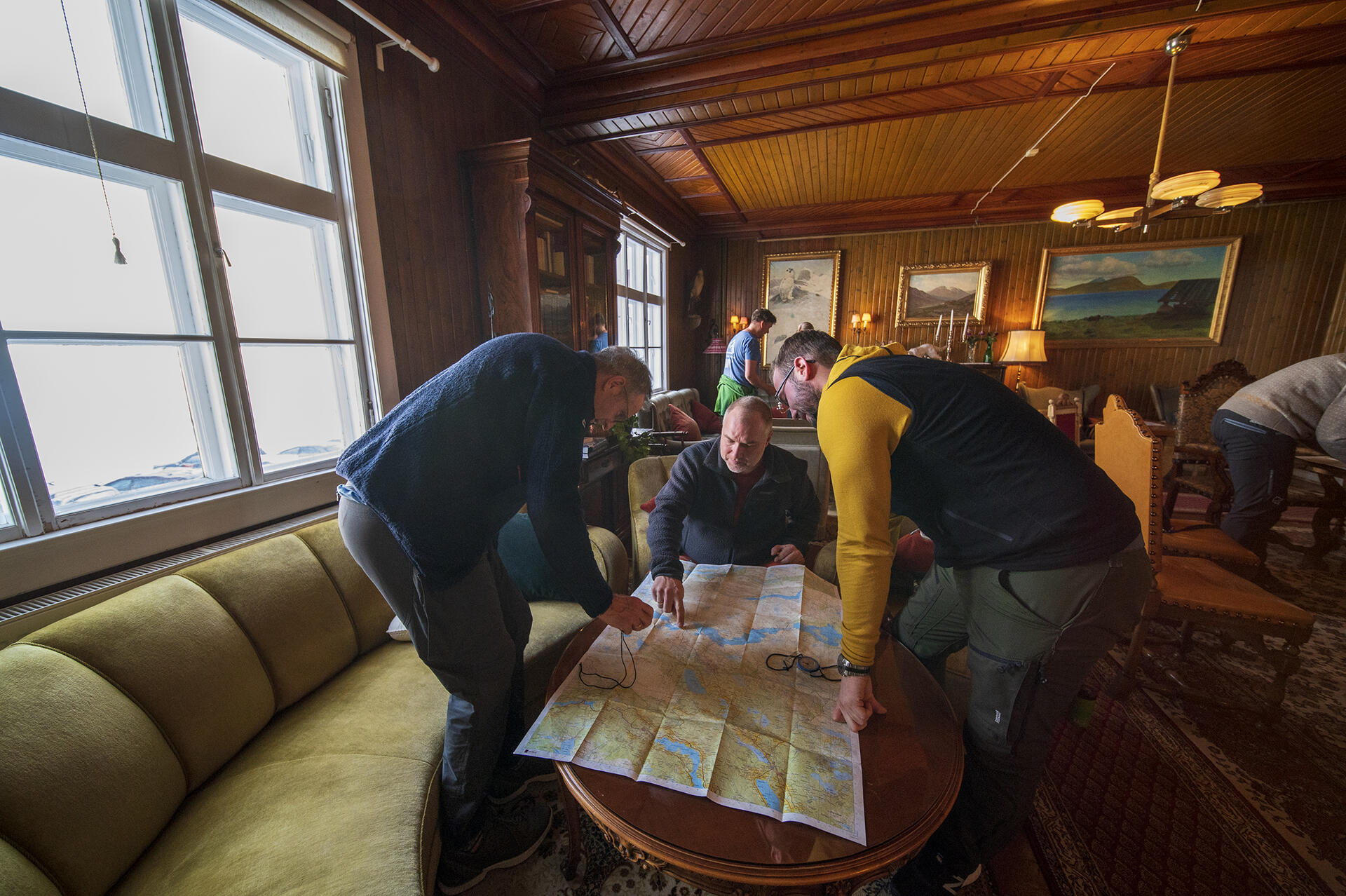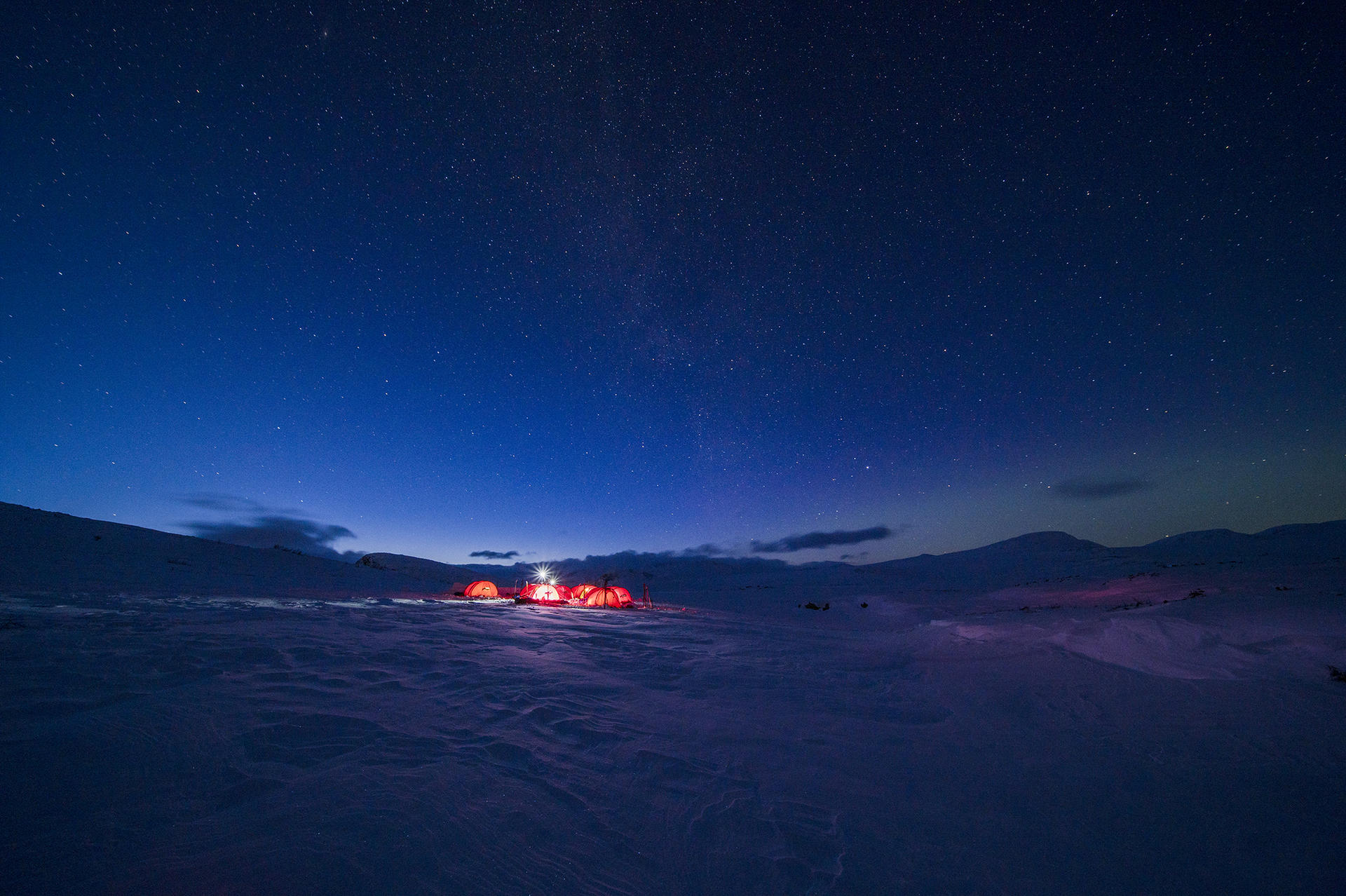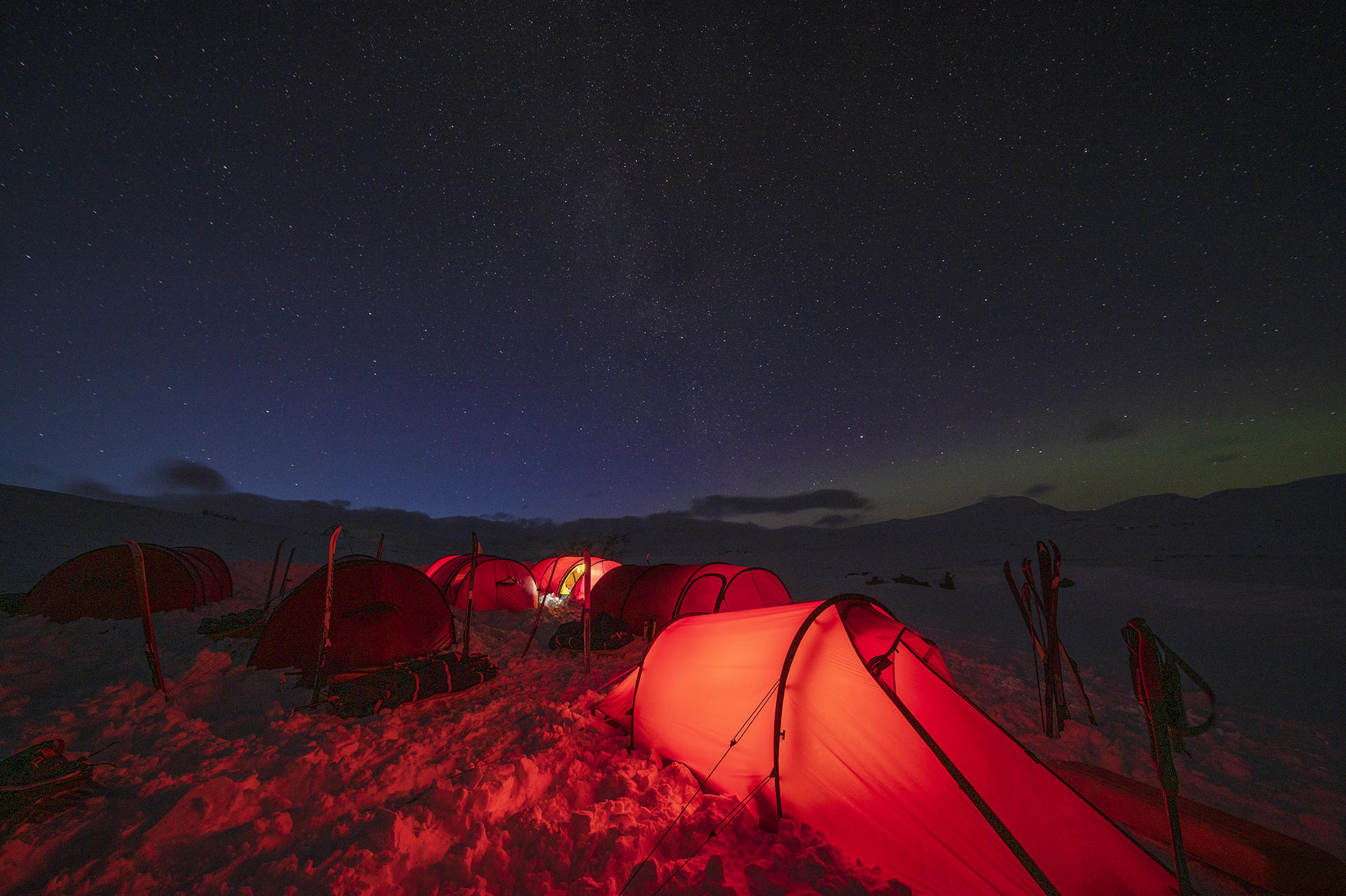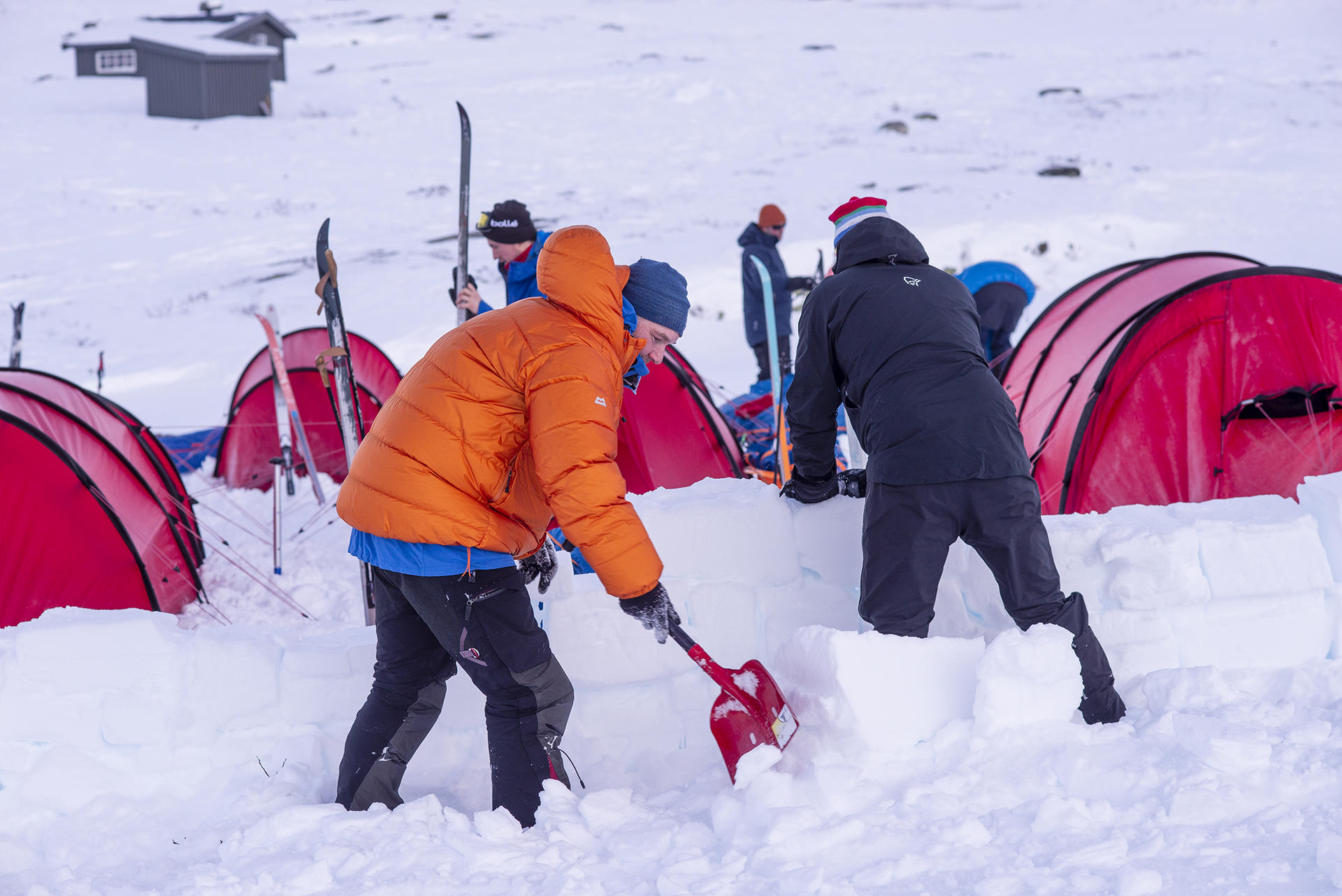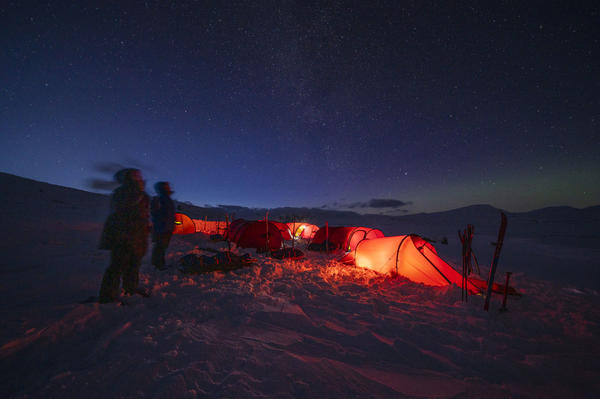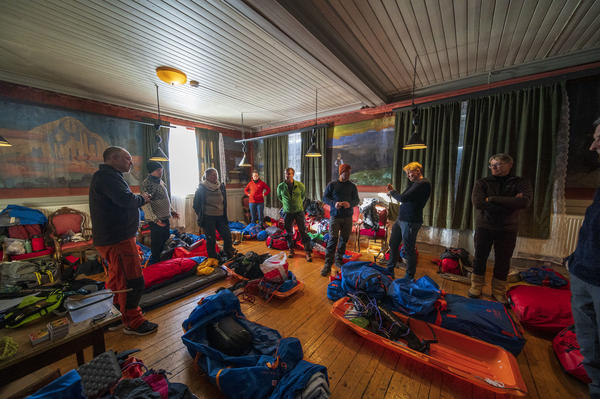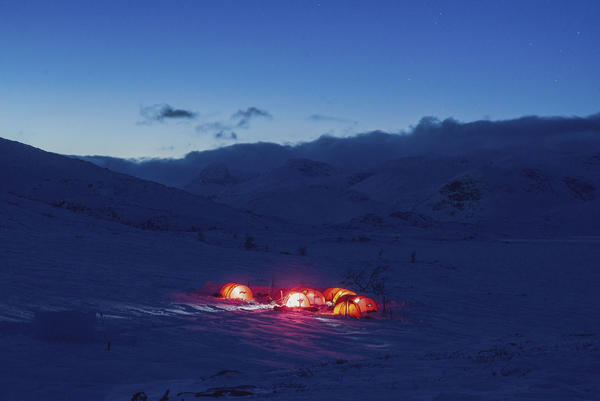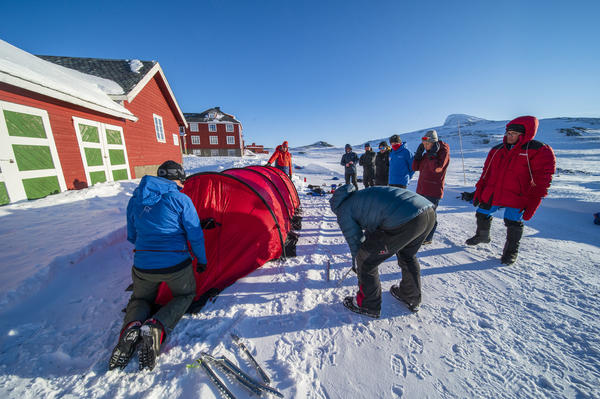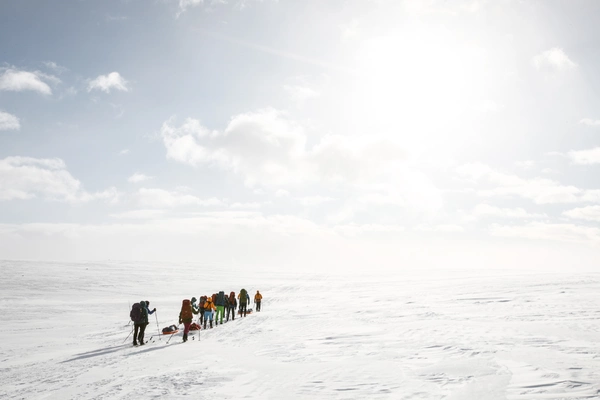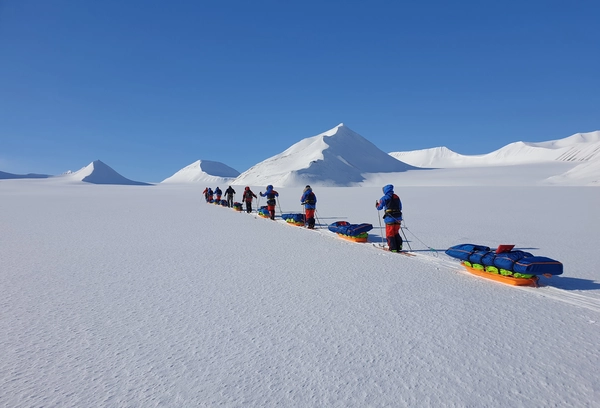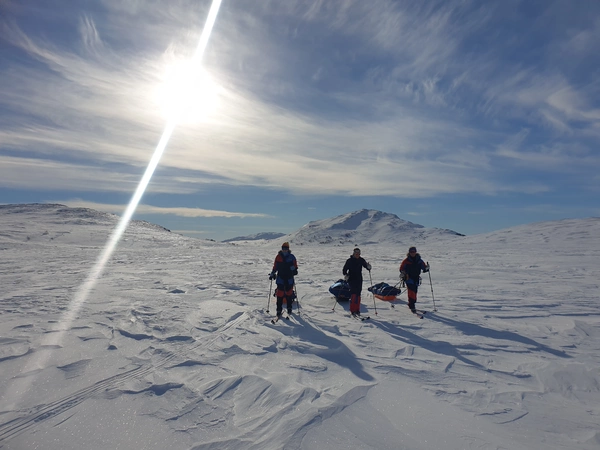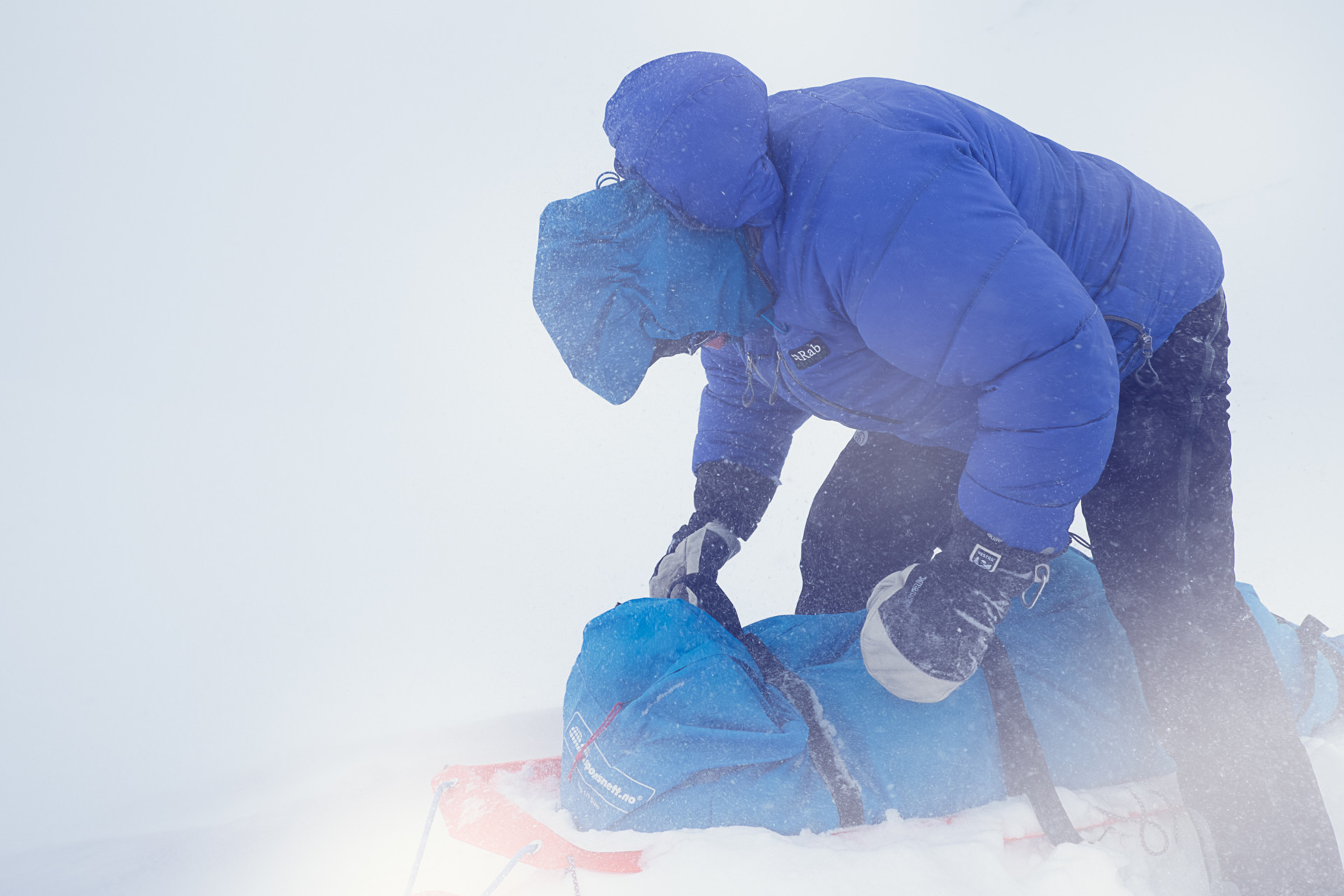Day 1:Arrival at Bygdin Mountain Lodge
Arrival at Bygdin Mountain Lodge is at 18.00 (6.00 PM). Before we are served a 2-course dinner in the evening, we have a quick introduction, talk a little about the weekend and what expectations each one of you has for the course, and If we have enough time, we will start on some theory today. NOTE! The road into Bygdin closes at 20.00 (8.00 PM), so it is important to be here well ahead of this.
Arrival at Bygdin Mountain Lodge is at 18.00 (6.00 PM). Before we are served a 2-course dinner in the evening, we have a quick introduction, talk a little about the weekend and what expectations each one of you has for the course, and If we have enough time, we will start on some theory today. NOTE! The road into Bygdin closes at 20.00 (8.00 PM), so it is important to be here well ahead of this.
